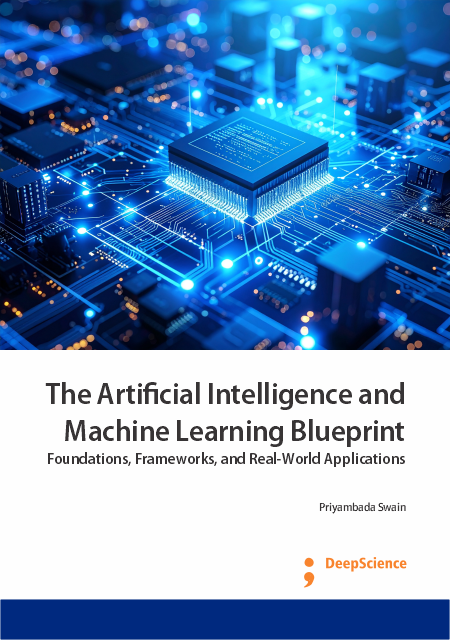Foundations of artificial intelligence and machine learning: The pillars of intelligent systems
Synopsis
Artificial Intelligence (AI) is a branch of computer science that seeks to simulate certain aspects of human intelligence [1]. Specifically, it aims to enable computers and software to impersonate human cognitive functions such as thinking, planning, learning, communicating, perceiving the environment, and moving and manipulating objects [2-3]. Such activities are generally considered to require intelligence when performed by humans or other animals. Although AI has achieved significant success in many areas, it still has some limitations. The development of AI can be broadly categorized into three groups: Narrow AI, Artificial General Intelligence, and Artificial Superintelligence. Narrow AI can perform certain specific tasks at a narrow level of intelligence. General AI can perform any intellectual task in various domains that humans are capable of. Superintelligent AI can perform intellectual tasks surpassing human intelligence [2,4]. As the definition of intelligence is subjective and no clear consensus exists, these categorizations are based on possible distinctions rather than standards. Regardless of these limitations and classifications, current advances in AI have led to widespread usage in various sectors, including e-commerce, education, research, and service industries.













